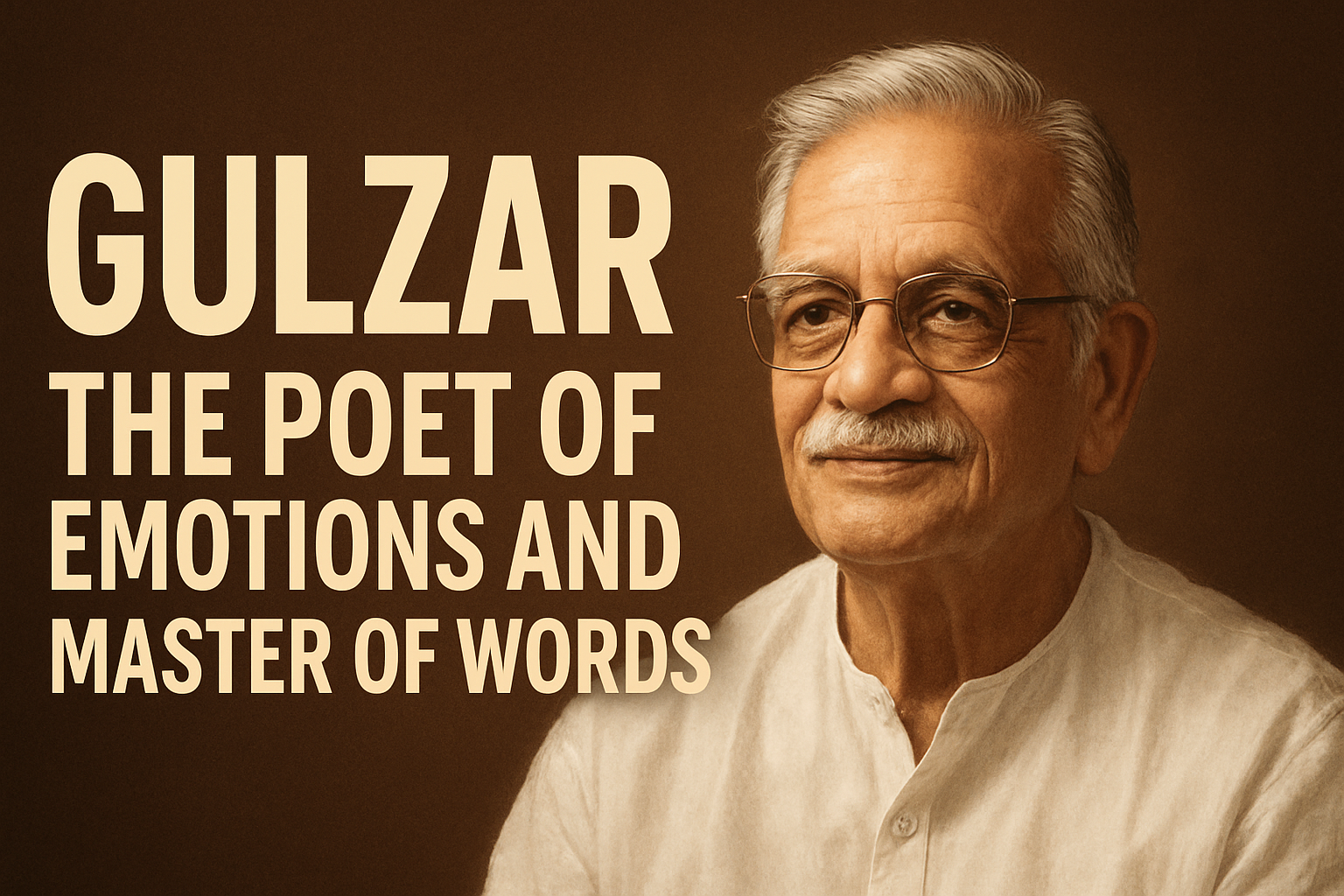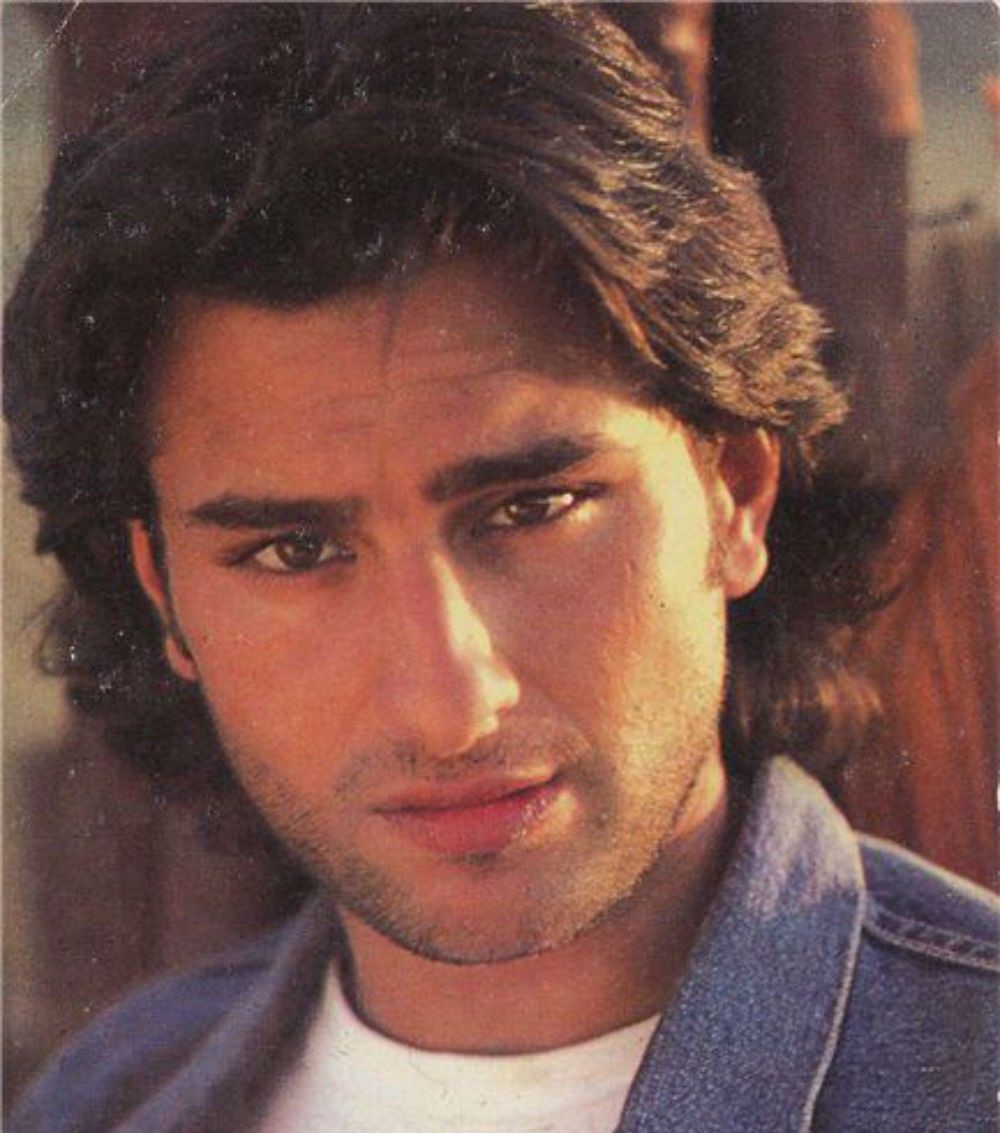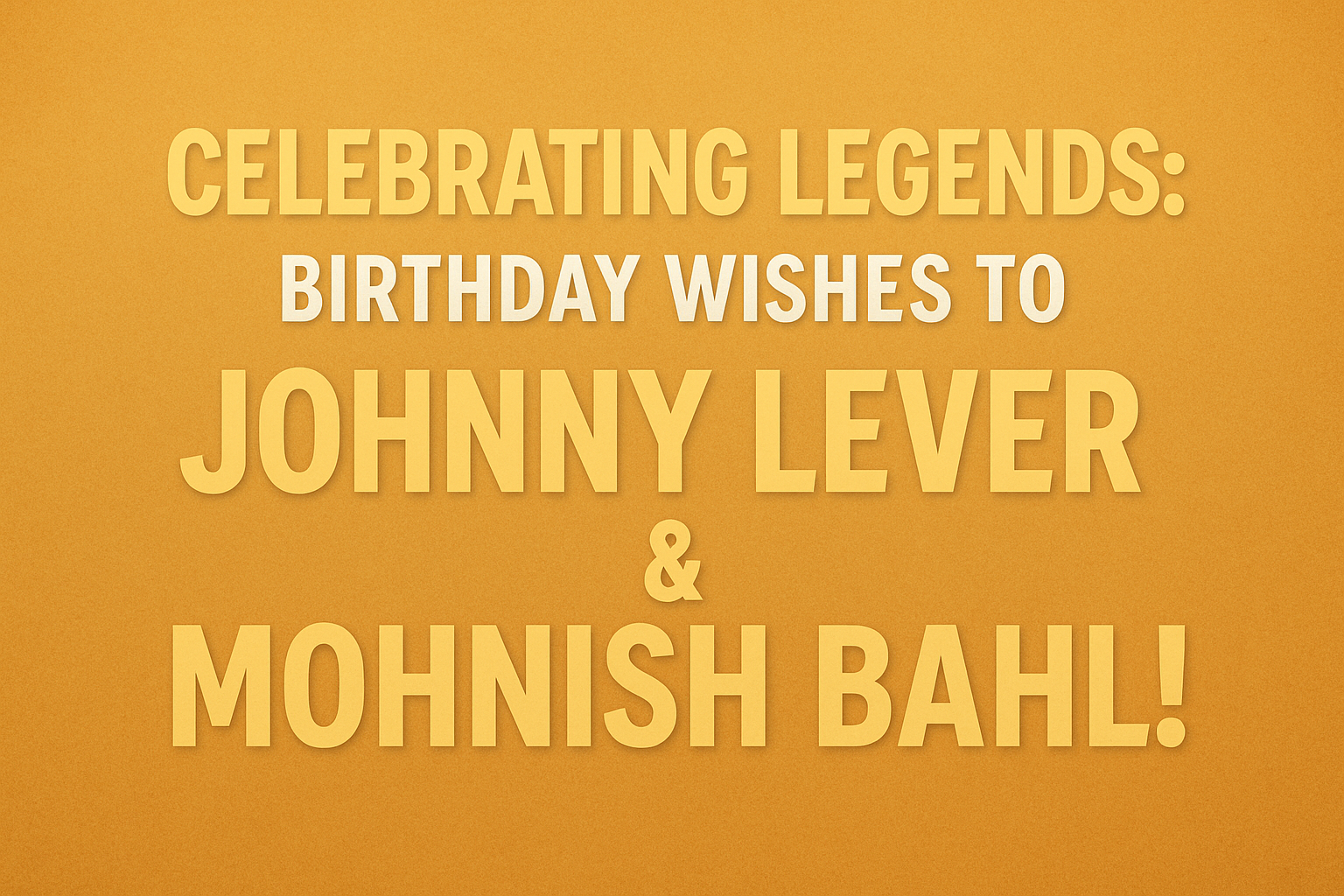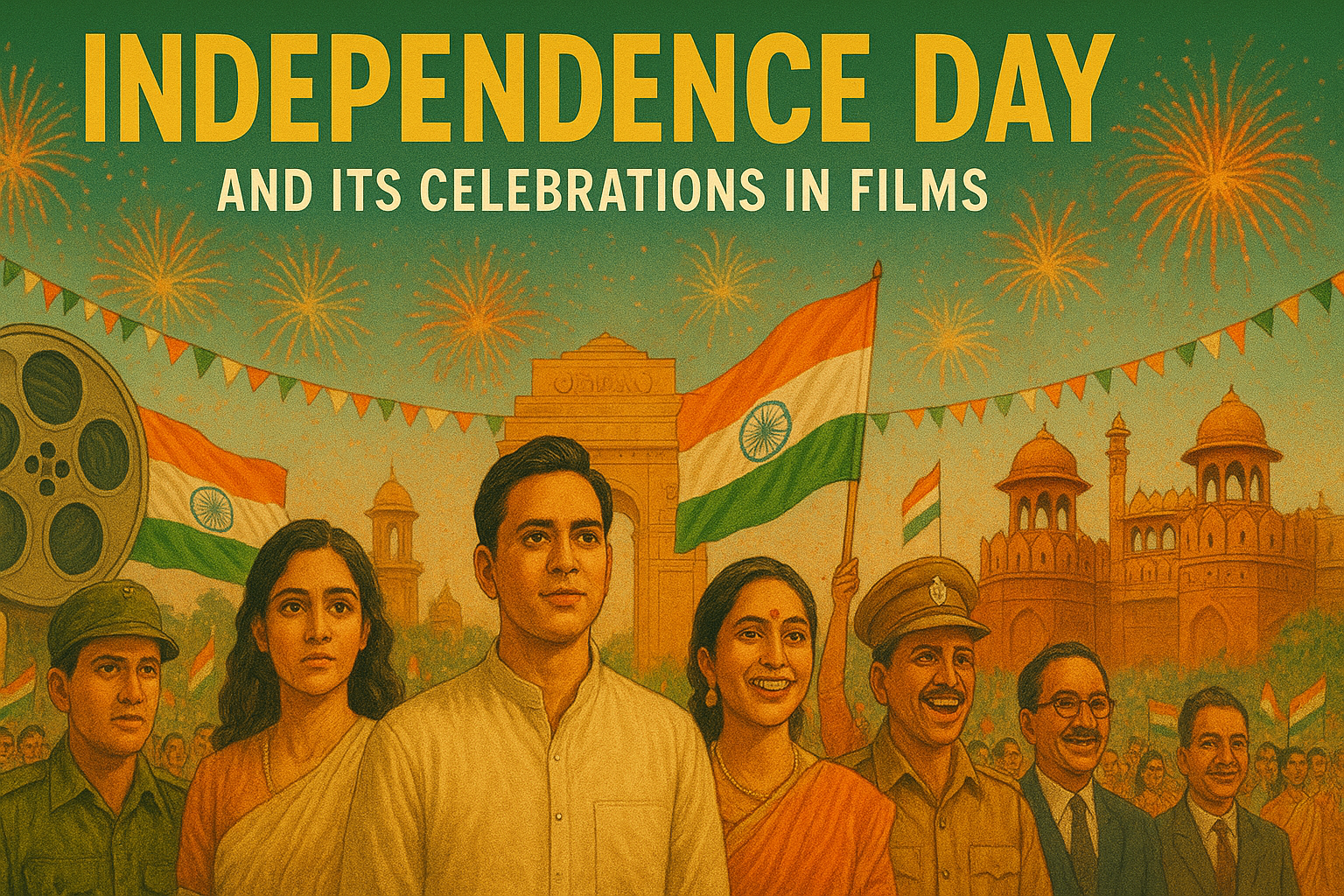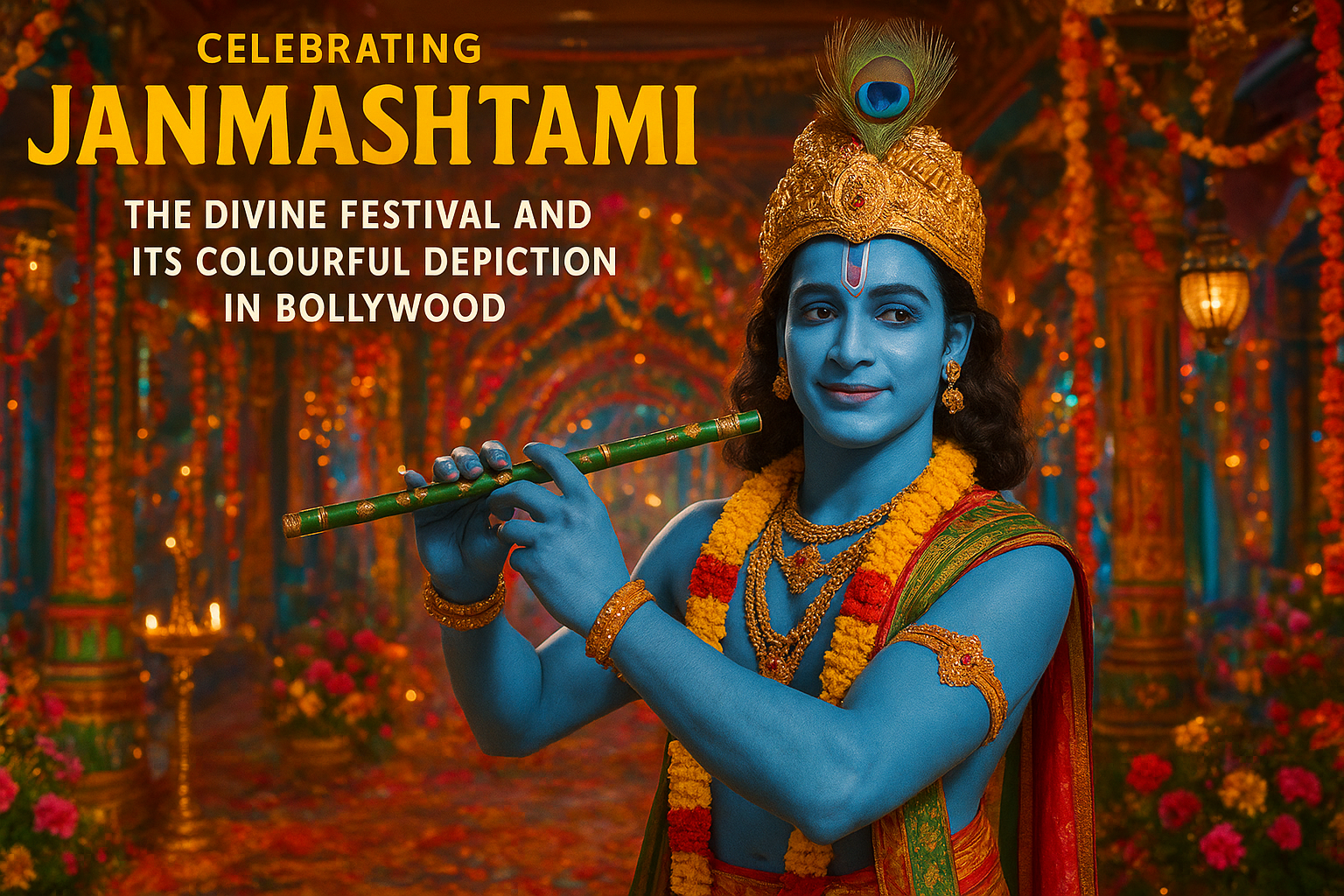
Janmashtami, or Krishna Janmashtami, is one of India's and the world's most lively and popular Hindu festivals. It is celebrated as the birthday of Lord Krishna, the eighth incarnation of Vishnu, who is the embodiment of love, wisdom, pranksterism, and dharma. Observed on the eighth day (Ashtami) of Krishna Paksha in the Shravana or Bhadrapada month, Janmashtami is not merely a religious event—it's a celebration of life, love, and cultural heritage.
But apart from the temples and houses, Bollywood has contributed enormously in bringing Janmashtami to the silver screen. Through its all-time hit songs, grand dance numbers, and melodramatic presentations, Bollywood has etched the celebration in popular culture forever. Let us delve into the significance of Janmashtami and how the Hindi film industry has adopted and celebrated this sacred occasion.
The Spiritual and Cultural Essence of Janmashtami
Lord Krishna, who was born in the city of Mathura more than 5,000 years ago, is regarded as the bringer of divine wisdom and annihilator of all evil forces. His teachings in the Bhagavad Gita, his mischievous childhood in Vrindavan, and his mythical love for Radha have been an inspiration to generations.
Janmashtami festivities usually start at midnight, which is the supposed time of birth of Krishna. The devotees fast, sing kirtans, enact scenes from the life of Krishna (such as the Raas Leela and Makhan Chori), and adorn temples with flowers and lights.
One of the biggest attractions of the festival, particularly in Maharashtra, is the Dahi Handi ceremony. Young men create human pyramids to shatter a container filled with butter, curd, or milk, replicating Krishna's childhood mischievous behavior of stealing butter. The act has turned into not only a religious ritual but also a heart-pounding community sport.
Janmashtami in Bollywood: Where Devotion Meets Drama
Bollywood, as a part of Indian culture, has frequently found inspiration in mythology and religious customs. Janmashtami is no different. While from elaborate sets to soulful bhajans, Bollywood has adopted the festival to create some of its most iconic movie moments. Here are some classic ways Janmashtami has been showcased in Bollywood cinema:
1. Iconic Songs That Celebrate Janmashtami
Bollywood's largest contribution to Janmashtami has been its soundtracks. Not only do they augment the festive atmosphere, but they also elicit the emotional and spiritual qualities of Krishna's life.
• "Govinda Aala Re" – Bluff Master (1963)
Sung by Mohammed Rafi, this spirited number where Shammi Kapoor dances during a celebration of Dahi Handi continues to be popular. It reflects the high-spirited nature of Mumbai's Govinda culture.
• "Mach Gaya Shor" – Khuddar (1982)
Starring Amitabh Bachchan, this song is a display of a complete Dahi Handi celebration complete with a human pyramid, drums, and rainbow-colored crowds. It's a masterful blend of on-screen drama and festive celebrations.
• "Yashomati Maiya Se Bole Nandlala" – Satyam Shivam Sundaram (1978)
A lovely bhajan depicting young Krishna's innocence. Sung by Lata Mangeshkar, the song is about the divine relationship between Krishna and his mother Yashoda.
• "Radhe Radhe" – Dream Girl (2019)
A comparatively new addition, this track combines modern beats with old-school devotion, illustrating how Janmashtami keeps adapting within Bollywood's framework.
2. Grand Set Pieces and Dahi Handi Sequences
Bollywood's cinematic depiction of Janmashtami is usually associated with large sets, dance numbers, and hundreds of extras. These grand sequences portray the spirit of community in the festival.
For example, films such as Vaastav (1999) and Krishna Cottage (2004) included Dahi Handi sequences to propel the plot, to highlight local culture, or to establish a character's affinity towards tradition.
These scenes are, in most instances, utilised to demonstrate harmony, celebration, and even as a plot twist. The deep coordination required to create the human pyramids has also turned these scenes into action-packed viewing on the big screen.
3. Krishna as a Symbol and Role Model
Besides festival songs and numbers, quite a few films utilize Krishna as a metaphor for love, playfulness, or philosophical depth. Flirty, dashing, or rebel types of characters are compared to Krishna quite often.
Krishna is featured specifically as a character or in cartoon mode in movies such as Oh My God! (2012) and Krishna Aur Kans (2012) to capture philosophical and mythological themes in contemporary terms.
The Timeless Bond
The interplay between Janmashtami and Bollywood is a testament to the spiritual bond embedded in Indian cinema. Bollywood doesn't merely appropriate the festival for its musical and colorful appeal—it also draws upon its deeper aspects of righteousness, love, and playfulness of the divine.
In songs, tales, and spectacle, the festival has become integral to India's film language. It helps metropolitan audiences regain their contact with tradition and enables young generations to grasp Krishna's philosophy in a lively manner.
Janmashtami is one of India's most popular festivals, filled with culture, piety, and happiness. And Bollywood, with its gift to seamlessly intertwine drama and devotion, has made sure that Krishna's magic lives on not only in temples and residences, but also in hearts and cinema theatres.
Whether in a fun song, an exciting Dahi Handi sequence, or a spiritual bhajan, Lord Krishna's birthday celebration in Bollywood is a living testament to India's rich traditions—and the enduring popularity of the blue-skinned deity who danced his way into the pages of mythology as well as the cinematic history of India.
Happy Janmashtami! Jai Shri Krishna!
August 18 today is the birthday of one of India's best-known poets, lyricists, and directors—Gulzar. Born in 1936, Gulzar Saab remains a contemporary figure in Indian literature and cinema, with a career spanning over six decades. Today, on this special day, fans from all over the world celebrate not only his birthday but also the exceptional life journey of a man whose words have captured so many hearts.
August 16th is the birthday of one of Bollywood's most classy and multi-talented star Saif Ali Khan. From his royal background to his impressive three-decade-long career, Saif has created a niche of his own in Indian cinema. On his birthday, fans and movie buffs stop to admire his career graph, success, and ongoing influence in the film industry.
On this day, as the Indian cinema world celebrates the birthdays of two of its greatest and favorite actors—Johnny Lever and Mohnish Bahl—we pause for a moment to acknowledge their remarkable journeys, unforgettable performances, and the lasting impact they've made on Bollywood.
Every year on the 15th of August, India celebrates its Independence Day with unmatched fervor and national pride. It is the day when the British colonial empire abandoned the nation in 1947 and a free country came into being to shape its own destiny. There are tricolor-lined streets, patriotic songs that fill the neighborhoods, and citizens across the country salute the unnumbered number of freedom fighters who gave their lives for this day. Parades, flag hoisting ceremonies, and cultural presentations form the core of real celebrations, Indian films have done much in keeping the spirit of patriotism alive over the decades.
Lights Camera Audition!
Don't miss out on the latest updates, audition calls, and exclusive tips to elevate your talent. Subscribe to our newsletter and stay inspired on your journey to success!




